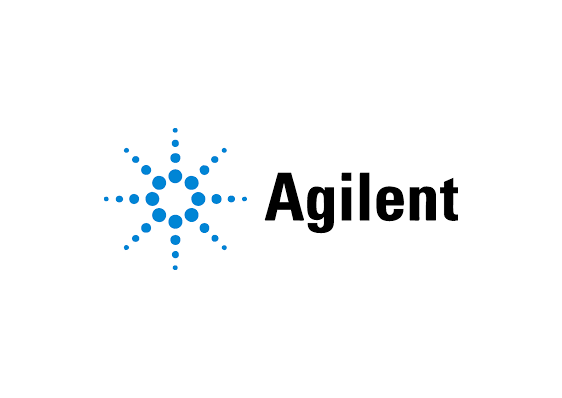What we think about Agilent Technologies (A)
Agilent Technologies is all about balance. It develops instruments and supplies that enable its customers, scientists in industries ranging from pharma and environmental sciences to advanced materials and energy, to do their jobs. The company serves its customers through three main business units: Life Sciences Tools, Agilent CrossLabs Group, and Diagnostics and Genomics Group. However, unlike many other large conglomerate companies serving a broad scientific and research market — think Thermo Fisher (NYSE: TMO) — Agilent’s business units support each other to give its customers a balanced experience. The company even restructured its commercialization team to form “One Agilent,” a team that combines all customer-facing activities under one leader.
If you’re new to life science companies or my recommendations in general, allow me to go into a little more detail into what these different units produce and how they help scientists. If you’re already familiar with Agilent or have read my original recommendation, feel free to skim through this section for the updates.
Agilent’s Life Sciences Tools business is currently its largest unit by revenue, generating $4 billion in fiscal 2022. It develops instruments that help scientists identify, quantify, and analyze the physical and biological properties of a sample at the molecular and/or cellular level. Agilent is a spinoff from Hewlett-Packard and, as such, products sold from this business unit include instruments that use physical and optical properties to enable purification, analysis, and quantification of molecules. The way molecules behave in these different instruments provide an indication of its molecular properties or structure. This business unit also provides the software to run the instruments and analyze the results. Additionally, it supplies software for sample tracking, information management, and laboratory automation. These instruments and software are typically a large, CapEx intensive purchase, but they are often necessary to support laboratory workflows. The company does offer Certified Pre-Owned Instruments, refurbished instruments with the same level of quality, to lower that barrier to entry. It also supports the company’s emphasis on sustainability. The solutions are grouped by application, allowing researchers from the six main industries Agilent serves to find the products that best suit their needs.
Agilent’s CrossLabs Group supplies the “blades” to the Life Sciences Tools “razors” and focuses on the consumables and services that balance out the other business units. The “blades” consist of chemistries and supplies that enable the purification, analysis, and quantification of molecules that support the instrument “razors.” These products, however, are vendor neutral, meaning that a liquid chromatography column (for the use of separating molecules based on size) can be used with an instrument provided by Agilent or a competitor’s instrument. The CrossLabs Group also provides services to assist laboratories, including compliance support and consulting services. The customer service that this group provides gives customers the balance and reassurance they need as well as confidence in their technique and results. This customer satisfaction is leading to a 60% increase in revenues from annual or multi-year service contracts, strong recurring revenue streams, and an 11% CAGR between FY20 and FY22, growing this business unit to $1.5 billion.
Agilent’s Diagnostics and Genomics Group is the one that gets me most excited for this company in that I believe it has the most growth potential. This group develops products for looking at genes, gene expression and other genomic changes that take place in a cell. It uses the instruments and consumables from the Life Sciences Tools and CrossLabs Group to provide products and services that support clinical diagnostics and therapeutics. This includes pathology tools, supporting a growing digital pathology market, and companion diagnostics, tests used to see if a patient has a particular genomic variant to indicate whether a particular therapeutic would be useful in treating their disease.
The company has placed a lot of emphasis on this group, particularly the Nucleic Acids Services Division (NASD). It has invested ~$725M in a new facility, Train B, in Frederick, CO. This facility provides state of the art oligonucleotide production for high volume siRNA, antisense, and CRISPR gRNA materials with good manufacturing protocol (GMP) capabilities using Agilent’s unique ClinGuide approach to gRNA (guide RNA) manufacturing. The facility is also being designed to improve sustainability, as environmental sustainability is extremely important to this company. The company forecasts a 20% CAGR to 2027 for oligonucleotide manufacturing for therapeutic use. To support the anticipated growth of this important market, the company also has plans to open two more facilities, Trains C and D, in 2026 and 2027.



